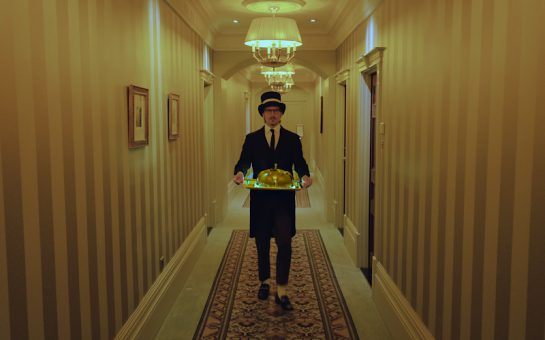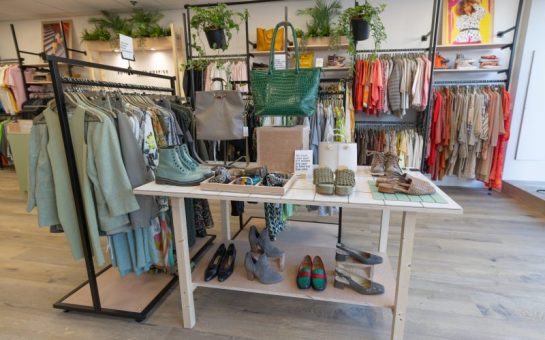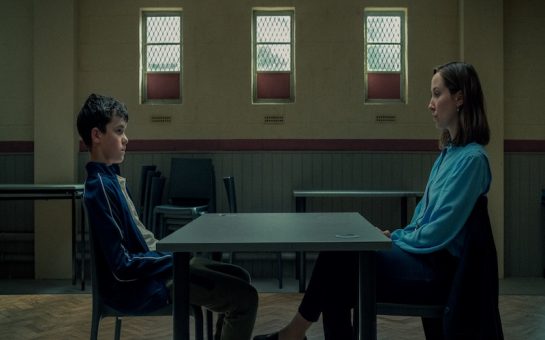Windows of brightly coloured squares, like a row of Piet Mondrian paintings, stand stark against the grey and red brick.
This, alongside the vibrant graffiti and wall murals, mark the entrance of Brixton Bloc.
Former local housing association worker Wesley Evans, 34, is heavily bearded, nearly bald and still holds onto the distinctive South Wales accent that gives away his Swansea upbringing.
Community space Brixton Bloc is his baby.
His vision is to build a space that celebrates ‘the original Brixton’.
“I chased a dream, a utopia I would like to see exist. I wanted to make the space unrecognisable from its past and build something historic,” Wesley told SW Londoner.
“I want this to be my legacy, celebrating the culture of Brixton.”
There is no doubting his passion, most of the financing for the project has come out of his pocket but he is adamant it’s not about the money.
“We are trying to make the most out of areas that were once used for negative acts and turn them into a something positive,” he says.
Social housing block Thrayle House, built in the 1970s and former home to notorious gangs such as the Young Riders, is home to this ambitious project.
The building has been earmarked for demolition for 10 years and lay abandoned. It’s the last block to be demolished as part of a much-debated £110million regeneration project due to be completed in 2017.
With the ethos of Transformation not Gentrification Brixton Bloc is what is referred to as a ‘meanwhile project’.
Its existence will only last until they are told their time is up and the buildings are torn down.
It offers art, music, food, markets and community workshops to encourage debate.
The darkest corners of the block are now alive with colour, with graffiti and artwork Graffiti and urban art fill spaces that were once used for drug dealing and crime.
The much-maligned gentrification of Brixton has wounded small businesses, dashed the home-owning dreams of many and seen a dramatic drop in the number of council houses.
“The council is pushing change, the heart and soul of Brixton is being torn out through legislation – just look at the changes to Brixton Road Market,” Wesley said.
“There is huge money in rentals and the council want a slice of it. Certain things just don’t fit in to their idea of a new polished Brixton.”
Professor of Human Geography at the University of Leicester , Loretta Lees, is a leading voice on gentrification and urban regeneration.
“The fairy-tale is that Brixton has gone from riots to riches, it is now the poster child of urban regeneration in London ,” said Professor Lees.
“Cressingham Gardens Estate in Tulse Hill is a lovely council estate that looks over Brockwell Park.
“The council has told them they are going to be demolished and regenerated by a private company who is going to cash in on the views over the park.
“The government says that gentrification is a boost for everyone – it is now the cutting edge of global urban policy –but the problem is there is no labelled or bounded policy of gentrification and that is quite simply because gentrification is a dirty word and governments know that.”
Wesley has ploughed all of his time (he is there everyday) and all his money (well into thousands of pounds) into Brixton Bloc.
His understanding of the area, his belief in the community and the search for his version of ‘utopia’ is driving him to play a positive role during Brixton’s evolution.
There is no doubting his passion for an area he loves and his conviction to do what he believes is right.
For more information visit www.brixtonbloc.com
Picture courtesy of A bloke called Jerm, with thanks




